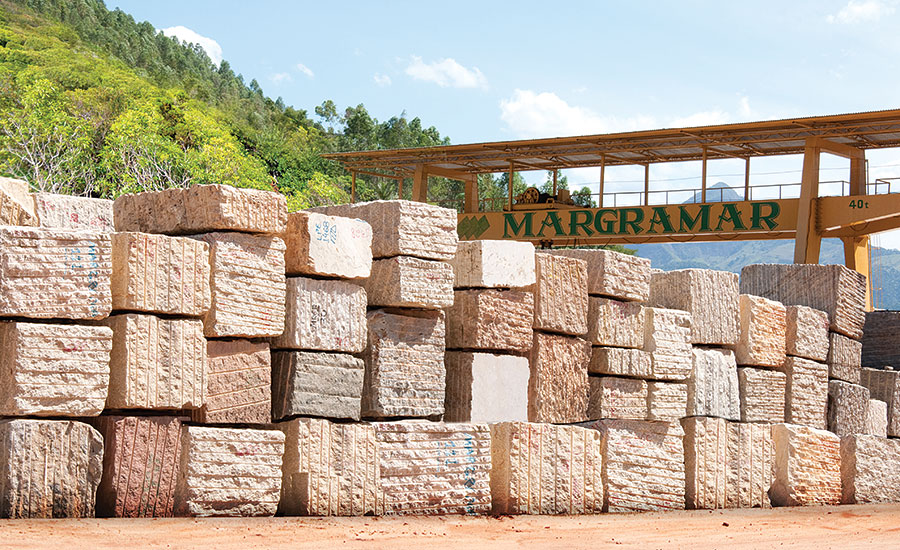The Covert Treasures: Checking Out Granite Quarries in South Africa
The Covert Treasures: Checking Out Granite Quarries in South Africa
Blog Article
Uncovering the Rich Background and Sustainable Practices of Granite Quarrying
As we depend on the precipice of uncovering the elaborate tapestry of granite quarrying, a trip with time exposes not just the physical act of drawing out stone however likewise the cultural and historical relevance woven right into the very material of this method. From the ancient origins that laid the structure for modern-day quarrying strategies to the lasting techniques that are forming the future of this sector, each chisel mark on granite surfaces narrates waiting to be unearthed (granite quarries in south africa). The legacy of granite quarrying extends much beyond mere extraction; it is a testimony to human resourcefulness, resilience, and the long-lasting allure of this stunning rock
Ancient Beginnings of Granite Quarrying
Going back to ancient people, the method of quarrying granite has actually been an essential part of human history and building improvement. The earliest proof of granite quarrying go back to old Egypt, where huge pyramids and detailed sculptures were crafted from this long lasting rock. The Egyptians made use of primitive devices to extract granite blocks from quarries, showcasing the importance of this product in their monumental building and constructions.
Moving forward in background, the Greeks additionally made significant payments to the quarrying of granite. The Greeks used granite in numerous building marvels, such as holy places and statues, demonstrating their skill in shaping and sculpting this durable stone. The Romans even more refined the strategies of quarrying granite, employing advanced devices like blades and hammers to remove and form granite for their famous frameworks.
With the centuries, the technique of quarrying granite has actually progressed, with contemporary technologies boosting performance while keeping the ageless charm of this all-natural stone - granite quarries in south africa. From ancient civilizations to modern building contractors, the tradition of granite quarrying remains to form our globe
Evolution of Quarrying Strategies
The advancement of quarrying techniques has actually been noted by a continuous progression towards better efficiency and accuracy in removing granite. Early quarrying techniques involved hand-operated labor with basic devices such as knives, hammers, and wedges to remove granite blocks from the planet.
In even more current times, the development of equipment revolutionized the quarrying sector, allowing quicker removal rates and increased performance. Technologies such as ruby cord saws, high-pressure water jets, and pneumatically-driven drills have become typical in modern quarries, permitting specific cutting and decreased waste. Improvements in computer-controlled tools and 3D modeling have actually optimized quarrying operations, leading to marginal ecological influence and enhanced sustainability techniques. As the demand for granite remains to increase, the advancement of quarrying methods remains indispensable to conference market needs effectively and sustainably.
Social Relevance of Granite
Granite holds a profound social importance across numerous people as a result of its long-lasting existence in architectural work of arts and revered monoliths. From the stunning pyramids of Egypt to the complex carvings of the Angkor Wat holy place in Cambodia, granite has actually been a material of option for revealing splendour and durability in cultural heritage. In ancient Rome, granite columns embellished holy places and public buildings, symbolizing stamina and durability. The social relevance of granite prolongs past its physical features; it embodies resilience, stability, and view publisher site eternity, making it a sign of withstanding traditions and traditions.

Sustainable Practices in Quarrying
In the middle of the abundant background of granite quarrying and its cultural importance exists a growing focus on lasting techniques within the industry. As ecological recognition and problems concerning resource depletion have enhanced internationally, the quarrying field has progressively accepted sustainable methods to reduce its influence on the environment and bordering areas.

Additionally, reclamation and recovery of quarry sites post-extraction are important to sustainable methods. By bring back quarried locations to a natural or advantageous state, such as creating wildlife environments or leisure spaces, quarriers can balance out the ecological footprint of their procedures and add positively to the neighborhood community.
Legacy of Granite Quarrying
With a historical backdrop soaked in workmanship and industrial development, what withstanding impact has granite quarrying left on the landscape of modern-day society? The legacy of granite quarrying goes beyond simple extraction techniques; it has actually formed building wonders, city landscapes, and cultural heritage worldwide. The durable nature of granite has made it a recommended selection for monoliths, buildings, and infrastructure, standing as a testimony to the skill and creativity of quarry workers across generations.
Furthermore, the economic impact of granite quarrying can not be overlooked. The sector continues to offer job opportunity and drive regional economic climates in regions where granite removal is prevalent. It has also spurred these details technological advancements in quarrying More Bonuses methods and tools, resulting in a lot more reliable and lasting practices.
In regards to sustainability, the legacy of granite quarrying consists of initiatives to minimize environmental effects through improvement jobs and liable source management. By stabilizing financial interests with ecological stewardship, the market aims to ensure that future generations can remain to profit from this enduring all-natural source.
Final Thought

Report this page